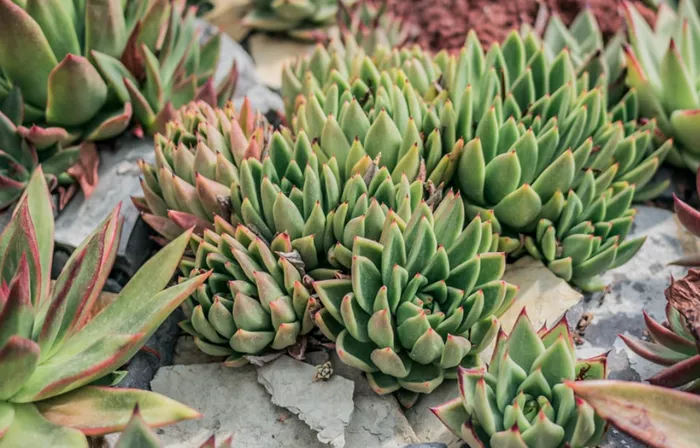Plants Use Airborne Signals to Communicate Defense Strategies.
Plants release volatile organic compounds (VOCs) when attacked by herbivores, signaling distress to nearby plants. This reaction prompts neighboring plants to enhance their defenses in anticipation of potential threats.
Recent research investigates what happens to these VOCs when they transform chemically in the atmosphere, leading to the formation of secondary organic aerosols (SOAs).
Dr. Hao Yu, a former researcher at UEF and now at the University of Bern, emphasizes the study’s importance: “We wanted to understand if the ecological functions mediated by VOCs continue after they oxidize to form SOAs.”
From VOCs to SOAs
The findings show that even after transforming into SOAs, these aerosols still activate defense mechanisms in nearby Scots pine seedlings. This indicates a longer biological activity compared to their VOC precursors.
Professor James Blande, head of the Environmental Ecology Research Group, points out a significant discovery: “A key novelty of the study is that plants employ slightly different defense strategies when they receive signals as VOCs versus SOAs. Nevertheless, they show similar levels of resistance to herbivore feeding.”
This subtle variation suggests that plants can interpret different chemical signals and adjust their defenses accordingly.
Implications for Ecosystem Resilience
The research indicates that the elemental composition and quantity of SOAs are crucial in determining their biological effectiveness. This finding paves the way for further studies on how plants distinguish between immediate and distant herbivore threats based on the type and concentration of airborne signals.
Professor Annele Virtanen, head of the Aerosol Physics Research Group, expects broader implications: “Given the formation rate of SOAs from their precursor VOCs, along with their longer lifespan and the transport of atmospheric air masses, we anticipate that the effective distance for interactions mediated by SOAs is greater than for those mediated by VOCs.”
This suggests that plants may have a refined ability to differentiate between nearby and more distant threats, enhancing their adaptive responses to environmental challenges.
Understanding Plant-Plant Interactions
This study advances our understanding of plant interactions and ecological dynamics. By revealing how plants use airborne chemical signals to communicate and defend against herbivores, researchers aim to gain new insights into ecosystem resilience and biodiversity conservation.
The findings mark a transformative period in understanding the chemical dialogues that shape plant communities. With implications for agriculture, forestry, and conservation, the research underscores the importance of preserving natural ecosystems where these complex interactions thrive.
Related topics:
- University of Queensland’s Plant Futures Facility Advances Precision Plant ResearchRescued by Plant Heritage: Two Former At-Risk Plants
- Asters: The Perfect Way to Add Color to Your Autumn Garden
- Recovering Wetlands with the Right Plants is Great News for Our Planet


